What would you do to grow a few centimeters taller? For some Koreans, the answer might be spending a lot of money on vitamins, taking herbal medicine containing antler
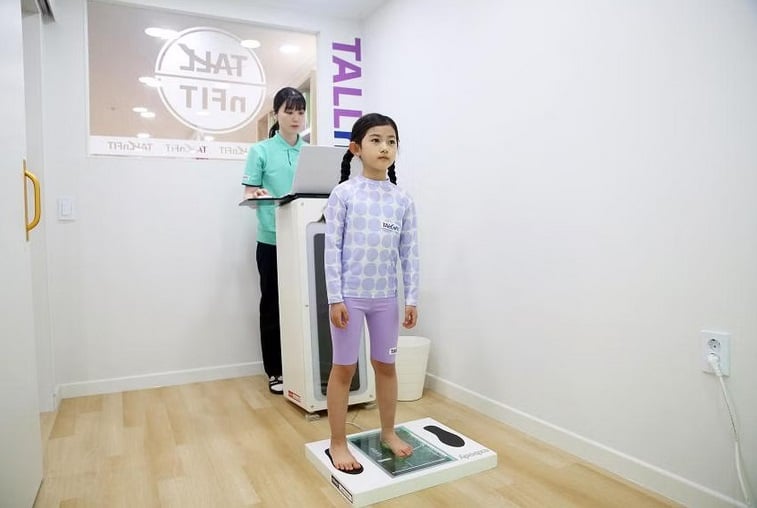
A girl gets a physical check-up at the TallnFit Center (South Korea) with programs to help short children grow taller. Photo: Straits Times
South Korea's population has grown taller at an astonishing rate over the past century, compared to the rest of the world. According to research from Imperial College London, South Korean women grew 20.2 cm and men 15.2 cm between 1914 and 2014. The global average growth over the same period was 7.62 cm.
The average height of South Koreans today is 159.6 cm for women and 172.5 cm for men. The rapid growth rate is believed to be related to significant improvements in nutrition and health of the population. However, the continuous efforts of some people to become taller in recent times have also contributed to this growth.
South Korea's growth hormone market has nearly doubled in four years, from 126.2 billion won ($96.1 million) in 2018 to 237.2 billion won in 2022, according to drug market research institute IQVIA.
According to a report by the Ministry of Food and Drug Safety in January, sales of height-related supplements increased tenfold during the same period. The height trend is not unique to South Korea, however, the obsession is particularly pronounced in the country among those actively pursuing height.
Build a foundation from a young age
“My second child is neither short nor tall, so I want to go to a clinic and, if possible, give him growth hormone treatment. As a parent, I feel a responsibility to do my best to help my child succeed,” a mother of two surnamed Noh told a reporter from the Korea JoongAng Daily as she left a clinic in central Seoul.
“There is only a very short time for children to grow taller, and I want to do what I can for my son,” said Lee Hyun-su, who is also at the clinic with her 9-year-old son. Lee Hyun-su said her son is about 2 centimeters shorter than average for his age group.
According to the Health Insurance Review and Evaluation Service, 43,618 South Korean children visited hospitals for short stature in 2021, up 22.6% from the previous year. The number has doubled since 2016. The actual number is expected to be much higher because many families choose to visit private clinics, which are not required to register with the Health Insurance Review and Evaluation Service.
Growth clinics monitor children's growth and check for height abnormalities or growth disorders. The most common treatment for short stature is growth hormone injections. At TCM-based clinics, doctors often recommend herbal remedies and acupuncture.
Growth hormone injections, which are especially popular among parents of pre-pubescent children, cost about 10 million won a year and treatments are typically given for about five to six years. Health insurance only covers children whose height falls in the bottom 3 percent of their age group and those who have been diagnosed with growth hormone deficiency or growth disorders.
A 10th grader surnamed Hong said he had been injecting growth hormones “every night into my legs, arms and stomach” from the age of 10 until he was 15. Hong was born slightly shorter than average and is now 171cm tall – just 1cm shorter than the national average.
A mother named Kim lives in Australia but still travels to South Korea twice a year to get growth hormone injections for her two children, now aged nine and eight. "My children have idiopathic short stature (ISS) but it's hard to find a doctor in Australia who prescribes the injections," she said. Idiopathic short stature is a term used to describe a condition of limited height with no underlying cause. It is medically benign and is not classified as a growth disorder.
Kim knows there are risks in not having a doctor check on her children, especially since hormone injections can have a number of side effects, such as high blood pressure and joint pain. Her eldest daughter has grown about 10cm a year since her first injection in 2019. “It’s hard to give up now, especially after seeing my second son pushed around and teased at school for his short stature,” Kim said.
Social stigma
Social prejudice against height, also known as height discrimination, was first publicly acknowledged in South Korea in 2009 when a female guest on KBS's "Global Talk Show" shared that according to her standards, all men under 180 centimeters tall are "losers." More than 200 people filed a lawsuit through the Press Arbitration Commission demanding 4 billion won in damages from KBS.
In a 2016 Opensurvery survey, more than 50% of 500 respondents aged 9 to 16 and their parents said that height was an important part of their lives. The reasons given were: 38% said it was to boost self-confidence; 27.4% said it was for social acceptance; 20.9% said height was important for dating.
“Height is a definite factor that many of our clients consider when choosing their future spouse,” said a staff member at marriage consulting firm Gayeon. “Female clients tend to consider height more. Both male and female clients have very specific height limits. For example, men want a suitable partner who is at least 160cm tall, and women want someone over 170cm tall.”
Over the past two decades, height has increasingly been seen as an ideal trait. K-pop idols, considered beauty icons, have become increasingly impressive, with many towering above the national average.
The negative effects of short height affect men more than women. Men shorter than 1.72m are called kijaknam, a derogatory term for short men.
Last resort: leg lengthening surgery
Social pressures on height can drive some people to take drastic measures, such as leg-lengthening surgery. It is a high-risk procedure that involves breaking both thigh bones and then undergoing a difficult recovery process. “In the worst case, the patient may not be able to walk again,” said surgeon Lee Dong-hoon in Seongnam, Gyeonggi Province. Lee performs about 300 leg-lengthening surgeries a year.
The cost of leg lengthening surgery can range from 40 million won to 80 million won. It takes about seven months for the patient to fully recover.
Italian surgeon Alessandro Codivilla (1861–1912) first wrote about leg lengthening in 1905. The field of leg lengthening further developed in the 1980s when the Ilizarov method, which uses metal ring-like splints to reshape, reshape, or lengthen bones, was invented by Russian surgeon Gavriil Ilizarov (1921–1992).
If performed successfully, this surgery can help patients grow 6 cm or even 18 cm taller.
However, Dr. Lee Dong-hoon asserted that leg lengthening is a dangerous surgery with significant side effects if performed incorrectly or a grueling recovery period even if performed successfully, so it needs to be "carefully considered."
“Rather than spending too much of our time and resources on something that will never be satisfying, it is important to remember that appearance is only a small part of what makes a person truly feel beautiful,” said Professor Lim In-sook at Korea University.
According to Tin Tuc Newspaper
Source


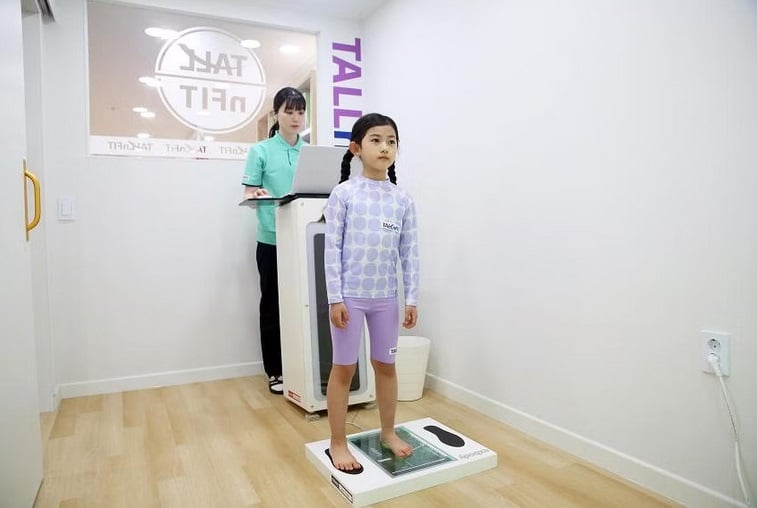
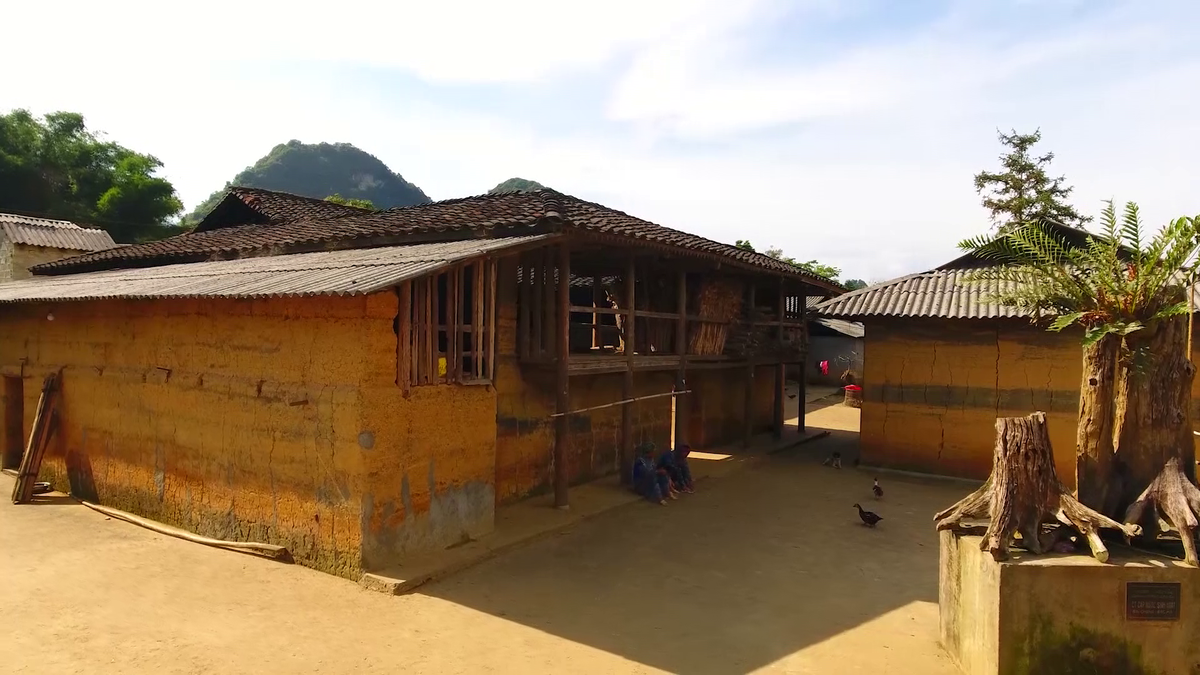
![[Photo] General Secretary To Lam and international leaders attend the parade celebrating the 80th anniversary of the victory over fascism in Russia](https://vphoto.vietnam.vn/thumb/1200x675/vietnam/resource/IMAGE/2025/5/9/4ec77ed7629a45c79d6e8aa952f20dd3)
![[Photo] Prime Minister Pham Minh Chinh chairs a special Government meeting on the arrangement of administrative units at all levels.](https://vphoto.vietnam.vn/thumb/1200x675/vietnam/resource/IMAGE/2025/5/9/6a22e6a997424870abfb39817bb9bb6c)
![[Photo] Russian military power on display at parade celebrating 80 years of victory over fascism](https://vphoto.vietnam.vn/thumb/1200x675/vietnam/resource/IMAGE/2025/5/9/ce054c3a71b74b1da3be310973aebcfd)
![[Photo] Magical moment of double five-colored clouds on Ba Den mountain on the day of the Buddha's relic procession](https://vphoto.vietnam.vn/thumb/1200x675/vietnam/resource/IMAGE/2025/5/9/7a710556965c413397f9e38ac9708d2f)


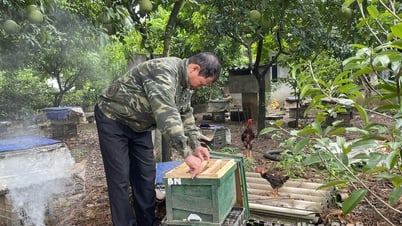






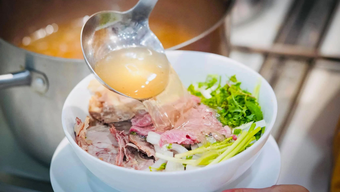
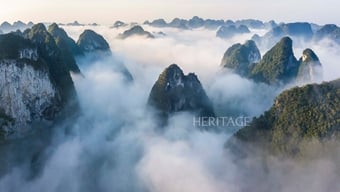



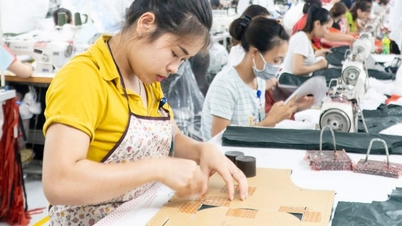

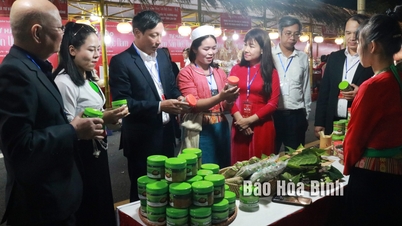






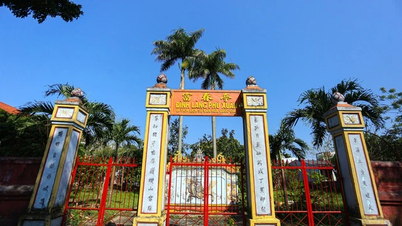
















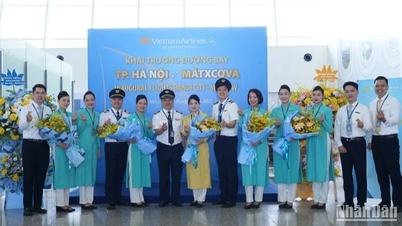
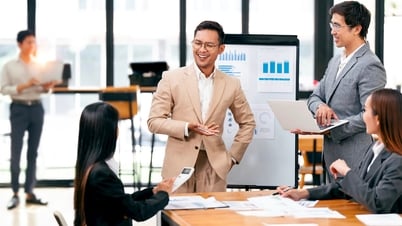

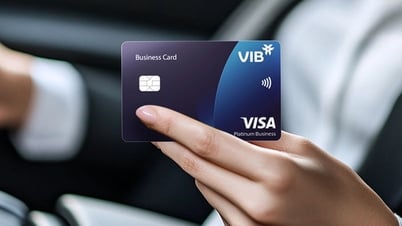







































Comment (0)